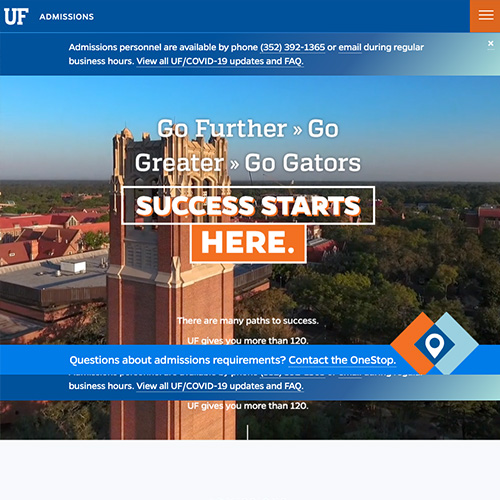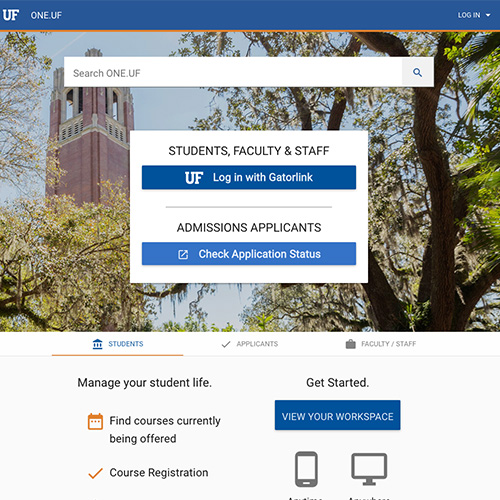FEAP 1 b.- Sequences lessons and concepts to ensure coherence and required prior knowledge
Printable Version (.pdf)
|
Unsatisfactory |
Developing |
Accomplished |
Exceptional |
| The teacher shows all students the algorithm for regrouping on the board.The teacher begins the new history lesson without referring to any previous historical events.The young adult novel is assigned without making any connections to the students’ experiences. | Outcomes consist of understanding the re-lationship between addition and multiplication and memorizing facts. (D)
After the mini-lesson, the teacher plans to have the whole class play a game to reinforce the skill she taught. (D) The teacher has found an atlas to use as a supplemental resource during the geography unit. (D) The teacher’s lesson plans are nicely formatted, but the timing for many activities is too short to actually cover the concepts thoroughly. (D) The kindergarten teacher observes her students one-to-one correspondence with blocks before introducing them to counting objects. The teacher engages in a brief review highlighting yesterday’s lecture before beginning today’s lesson. (M) Students will be able to recognize healthy versus unhealthy foods given a list. (M) Students will be able to recognize accurate statements about Roosevelt’s foreign policy during World War II. (M)
|
One of the learning outcomes is for students to appreciate the aesthetics of 18th- century English poetry. (D)
The outcomes for the history unit include some factual information, as well as a com-parison of the perspectives of different groups in the events leading to the Revolutionary War. (D) The teacher has the students complete a quick “Check in” when entering the class and reviews them while the students work on the problem of the day. The teacher does not introduce students to regrouping unless they have a solid foundation of place value. The teacher has students bundle tens and ones before introducing the algorithm for regrouping. Students work in a team to create a word web with highlights from a Social Studies chapter they read for homework. (M) The teacher plans to review counting by fives before teaching telling time to the minute. The teacher engages students in review of yesterday’s highlights and notices student responses before beginning today’s lesson. (M) The students are asked to discuss the body’s most important dietary needs. (M) Students are asked to discuss the key aspects of Roosevelt’s foreign policy during World War II. (M)
|
Students will develop a concept map that links previous learning goals to those they are currently working on. (D)
Some students identify additional learning. (D) The teacher reviews lesson plans with her principal; they are well structured with pacing times and activities clearly indicated. (D) The lesson plan clearly indicates the concepts taught in the last few lessons; the teacher plans for his students to link the current lesson’s outcomes to those they previously learned. (D) After reviewing last night’s homework while students work on the problem of the day, the teacher tweaks her lesson for the day to address some common errors. The teacher listens attentively to student responses while students are playing quiz-quiz-trade to review yesterday’s lesson and makes necessary adjustments in today’s content. (M) Students used the Kagan strategy “Numbered Heads Together” to review their chemistry lesson. (M) Students are asked to discuss what would happen if the body received no calcium for an extended period of time. (M) Students are asked to compare the successes and failures of different Presidents’ foreign policies during times of conflict. (M)
|
Where noted, examples based on:
“(D)” – Danielson C. (1996). Enhancing professional practice: A framework for teaching. Alexandria, Va: Association for Supervision and Curriculum Development.
“(M)” – Marzano, R. J. (2007). The art and science of teaching: A comprehensive framework for effective instruction. Alexandria, Va: Association for Supervision and Curriculum Development.
Additional Resources for Evaluators:
Book chapter about gauging students’ prior knowledge:
http://www.ascd.org/publications/books/109001/chapters/Know-Where-Your-Students-Are-Going.aspx
Article about maximizing the use of students’ prior knowledge:
http://www.edutopia.org/blog/prior-knowledge-tapping-into-often-classroom-rebecca-alber
Article about the importance of activating prior knowledge:
http://www.teachervision.fen.com/skill-builder/reading-comprehension/48540.html
Best strategies for activating prior knowledge with reading:
Lesson strategy to activate prior knowledge:
http://www.jimwrightonline.com/pdfdocs/priorknow.pdf
More strategies to activate prior knowledge:
http://www.studygs.net/preread.htm




